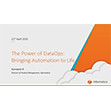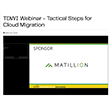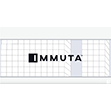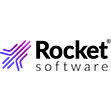
Databricks Is Making a Long-Term Play to Fix AI’s Biggest Constraint

(Shutterstock AI-Generated)
At this week’s Databricks Data + AI Summit in San Francisco, the company announced two closely linked initiatives: a $100 million investment in global data and AI education, and the launch of Databricks Free Edition, a no-cost version of its enterprise platform.
In a departure from the typical stream of product updates and feature releases, this announcement focused squarely on the people side of the AI equation – talent and access.
The investment in global data and AI education is aimed at closing the industry-wide talent gap, which is not only driven by demand outpacing supply, but also the rapid evolution of AI itself.
According to a study from IBM, nearly 50% of AI-related roles remain unfilled, not because the jobs aren’t there, but because companies are struggling to find people with the right combination of technical and applied skills.
Databricks pointed to World Economic Forum research, which shows that nearly 80% of business leaders expect AI to significantly reshape their organizations by 2030. But for that transformation to happen, organizations need the right talent — people who are not only trained in AI but equipped to apply it in real-world environments.
“Everyone we speak to is constrained by the same problem: not enough people with the right data and AI skills,” said Ali Ghodsi, Co-founder and CEO of Databricks. “With the right investment and the right tools, we will see more AI innovation in this next generation than all previous generations combined. That’s why we’re making a long-term bet on education — not just to close the talent gap, but because it’s fundamental to our mission of democratizing data and AI.”
While Ghodsi’s message reflects a common concern across the AI industry, Databricks’ response takes a more hands-on approach. By opening up access to its full platform and training resources, the company is tackling the talent shortage at its roots.
With the Free Edition, users can collaborate on data science and ML projects in shared notebooks that support Python, SQL, and more. They can also create interactive dashboards with Genie, its new AI-powered BI tool. Other notable features include the ability to build and test AI agents using Mosaic AI, explore datasets with a built-in SQL editor, and get real-time coding assistance through Databricks Assistant.
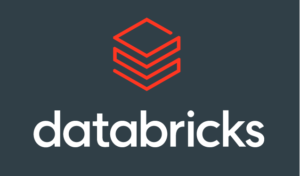 Databricks hasn’t shared whether the Free Edition has compute limitations or storage quotas. It is also not clear whether the edition features advanced integrations with enterprise datasets and prosperity LLMs. However, what is clear is that this isn’t a stripped-down sandbox. It’s a fully equipped training ground that mirrors the tools and workflows professionals use in real-world environments.
Databricks hasn’t shared whether the Free Edition has compute limitations or storage quotas. It is also not clear whether the edition features advanced integrations with enterprise datasets and prosperity LLMs. However, what is clear is that this isn’t a stripped-down sandbox. It’s a fully equipped training ground that mirrors the tools and workflows professionals use in real-world environments.
The Free Edition helps remove some of the financial barriers to entry. More importantly, Databricks continues to focus on reducing technical complexity. This was a central goal behind the introduction of Databricks One, which aimed to make the platform more accessible to non-technical users. That same philosophy is reflected in the Free Edition, which lowers the learning curve and opens the platform to a broader range of learners.
That focus on real-world readiness extends beyond the platform itself. Alongside the Free Edition, Databricks is expanding access to its broader educational ecosystem, including free self-paced courses through Databricks Academy and deeper support for its global network of academic institutions.
The self-paced courses available through the Databricks Academy are available at no cost. The structured learning paths are designed around real industry roles, including data engineer, data analyst, machine learning practitioner, and GenAI specialist.
According to Databricks, the curriculum is built to reflect the tools and workflows used on the Databricks Data Intelligence Platform. With regularly updated content spanning hundreds of hours, the academy is aimed at learners across a range of experience levels.
Databricks is also widening the reach of its University Alliance Program, which gives students and faculty access to the same tools used in industry — including Apache Spark, Delta Lake, and MLflow. The program is already in place at more than 1,200 institutions, from UC Berkeley to Georgia Tech, and reaches over 100,000 students worldwide.
With several initiatives focused on expanding access to data tools and education, Databricks is actively shaping the skillsets of future data teams. For many users, these programs may represent their first exposure to enterprise-grade AI and data platforms. It’s a long-term play, but it could help position the company not just as a technology provider, but as a foundational part of how modern data and AI talent is developed.
Related Items
All Jobs Are Becoming Tech Jobs: Pearson’s Latest Report
Your Next Big Job in Tech: AI Engineer
Data Management Will Be Key for AI Success in 2025, Studies Say


















